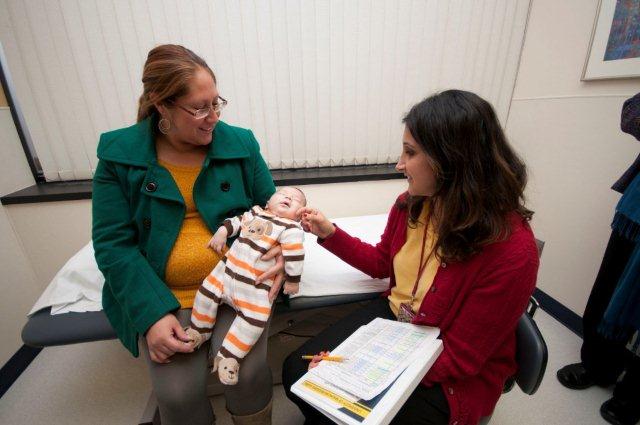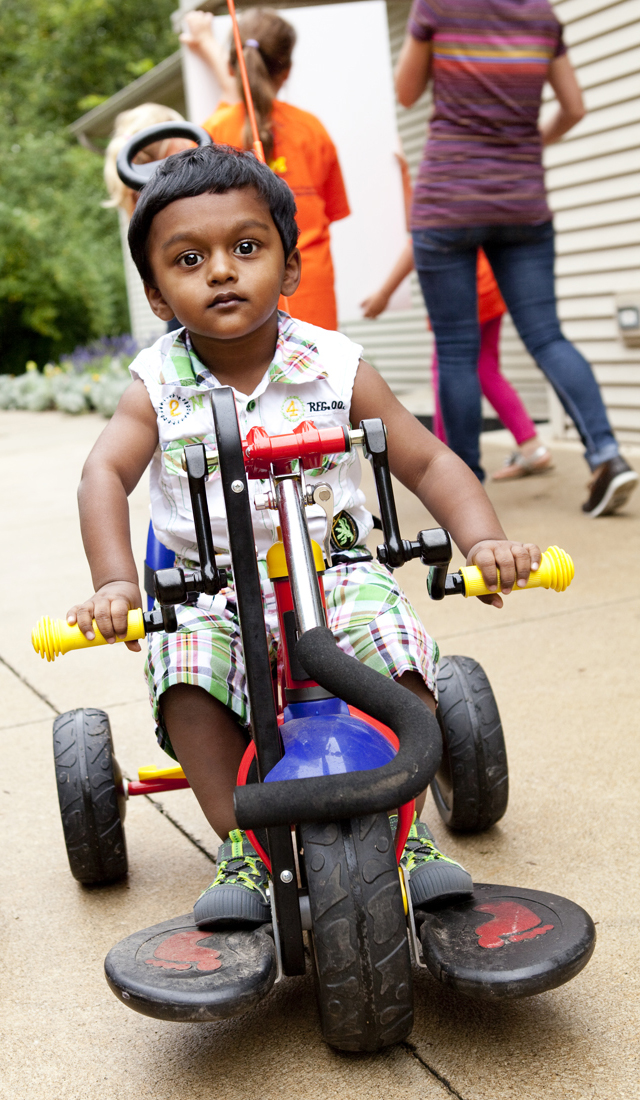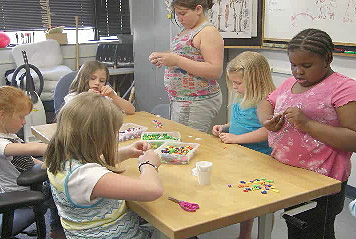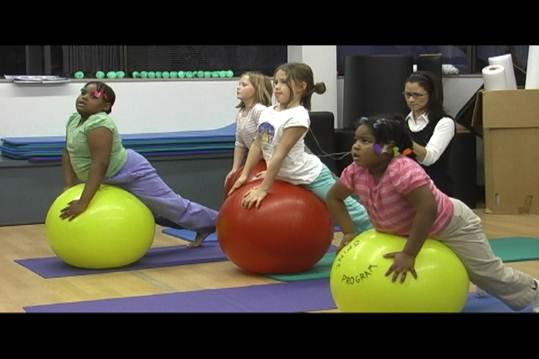Surgery
For NBPP patients with extensive and/or severe palsies, surgery for nerve reconstruction may be an option, usually occurring between 3-9 months of age. The goal of nerve surgery is not to regain a normal arm. Instead, nerve reconstruction is a step towards a functional arm with adequate movement for activities of daily living. Nerve repair and/or nerve transfer are the primary options for reconstructing the brachial plexus. Nerve regeneration is very slow, so the ultimate functional outcome from nerve reconstruction surgery may not be apparent for 1-3 years. For residual shoulder abnormalities, clinical function and radiographic imaging can guide the decision to pursue orthopedic intervention: internal rotation contractures of the shoulder are very common and can be associated with progressive glenohumeral joint deformity and shoulder joint instability. Surgical options include muscle lengthening with or without tendon transfers, corrective osteotomies, and/or open or arthroscopic reduction of the shoulder joint. For children with residual elbow, forearm, and hand problems, secondary procedures by a hand surgeon may help function: these procedures include soft tissue releases, joint fusions, muscle transfers, and corrective osteotomies. The usual age for secondary reconstruction of the elbow/forearm function is 4-6 years of age, and for wrist/hand function is 6-13 years of age. For all surgical interventions, the most important factor in producing the optimal result is a cooperative child with intense investment from assertive parents/caretakers.
Medical Management

The diagnosis of NBPP should be confirmed by a specialist. In the early days after birth, any associated skeletal injuries or fractures should be confirmed by clinical and radiographic evaluation since these injuries may preclude early occupational/physical therapy. No substantial evidence exists to support further injury to the brachial with gentle handling of the neck and affected arm, and immobilization of the arm is not recommended except in the context of skeletal injuries. Other neurologic disorders occurring concurrently with NBPP, can be suspected with the presence of a lack of spontaneous movements and normal reflexes that suggest global neurological deficits. Alternatively, an observed asymmetric expansion of the chest cavity and difficulty with breathing or feeding can suggest diaphragmatic palsy resulting from associated phrenic nerve injury, confirmed with plain X-rays or ultrasonography; diaphragmatic palsy can be a dangerous condition leading to respiratory distress and early failure to thrive, and if diagphragmatic palsy is present, the condition should be addressed promptly. The passive and active range of motion of the affected arm should be assessed. Supplementing the physical examination with electrodiagnostic (EDX) / electromyographic (EMG) and radiographic (magnetic resonance imaging, MRI, ultrasound, CT) findings are helpful to decide whether nerve reconstruction will be beneficial.

Early referral (as soon after birth as possible) of babies with severe or extensive NBPP to interdisciplinary specialty clinics can improve overall functional outcomes as the baby grows. Regardless of the need for surgical intervention, rehabilitation management is critical. Occupational/physical therapy to maintain the normal passive range of motion in all upper extremity joints (especially shoulder external rotation and forearm pronation and supination) facilitates successful functional recovery of global function and timely achievement of developmental milestones. Parents and caregivers should consider themselves to be the patient’s primary therapist by performing range of motion exercises regularly, with multimedia assistance if available several times during the day. Reinforced use of the affected arm while constraining the normal arm (constraint therapy) can aid the child’s recognition of the arm and strengthen the arm through increased arm use during age-appropriate activities. Normal childhood developmental milestones must be monitored. Torticollis can be ameliorated by stimulating neck rotation towards both sides. Similarly, subsequently acquired plagiocephaly can by avoided by promoting symmetrical development of the head by following the adage of “back to sleep, tummy to play." Splinting may be used during sleep to avoid the formation of contractures or to protect floppy joints. As the child grows and formal therapy becomes mundane and discarded, recreational activities like swimming, dance, sports, and more recently, experimental therapist-designed video game platforms can help to sustain the goals of formal occupational/physical therapy.
Therapy
Our program currently has two registered occupational therapists who evaluate and treat the pediatric brachial plexus patients. They directly contribute to the provision of Interdisciplinary Clinic Evaluations, Recommendations, and Therapy Services - and indirectly, by communicating with distant health providers about continued care for patients with NBPP who live far away.
Monthly Exercise Group


Since 2007, our occupational therapists have invited patients, aged 6 to 18, to participate in a monthly group to exercise, socialize, and develop fine motor skills.
We have also added a parent support group, led by our case manager, that addresses parent experiences and emotions. Generous funding from the University of Michigan Dance Marathon supports this group activity that is available to all our patients.
